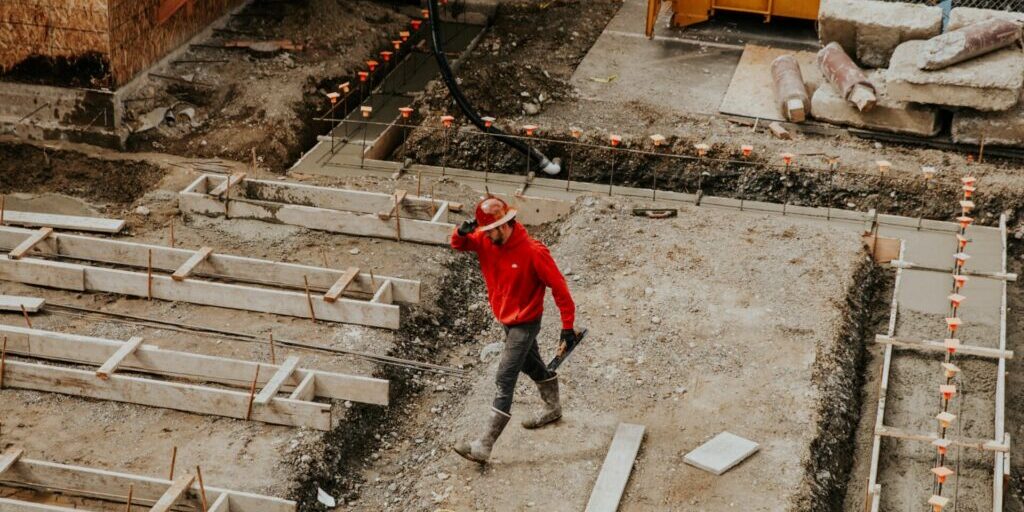Preconstruction Planning for Optimum Results: Every Step of the Way

With Integrated Project Delivery (IPD), preconstruction planning includes the team-building, project conception phase, feasibility, design, engineering, and preliminary planning activities required for a project before construction begins.
In a Design-Bid-Build scenario, preconstruction planning is different.
In the preconstruction phase for Design-Bid-Build projects, the design is complete, so the construction firm awarded the contract begins by defining the project scope based on the design given to them. They then identify project risks, secure permit approvals, choose subcontractors, and gather submittals.
The Design-Bid-Build general contractor would then work with their subcontractors, specialty contractors, and suppliers to create a master schedule and a schedule management plan and establish the project’s communication rules.
There are similarities and overlaps between the two scenarios, and many activities are identical.
But no matter which project delivery method you choose, preconstruction planning shouldn’t end when construction on the project begins.
Here’s what we cover:
- Preconstruction planning for every phase
- Preconstruction planning the Master Schedule
- Preconstruction planning for each subsequent phase
- Preconstruction planning with lookahead scheduling
- Weekly preconstruction planning and job staging
- Daily pre-construction planning
- Optimize productivity with regular preconstruction planning
Preconstruction planning for every phase
Every construction project is a unique and dynamically evolving business venture.
Project conditions, project plans, and the time and space requirements of the work crews on site constantly change.
- Weather
- Labor availability
- Materials availability
- Changes in site conditions
- Conflicts in space, time, or capacity
- Emerging or unforeseen complexity
- Design changes and changes in scope
All disrupt even the most carefully laid plans.
The only way to keep the project on track is to plan for disruption and be prepared to change plans often as these disruptions occur.
Preconstruction planning the Master Schedule
The project management team collaborates to build the Master Schedule by decomposing the project scope into phases.
Each phase represents a particular milestone toward the completion of the project.
- Site development
- Utilities
- Structure
- Exterior Finishes
- MEP Systems Rough
- Interior Finishes
- MEP Systems Finishes
- Furniture, Fixtures, and Equipment (FF&E)
- Final Inspections and Certificate of Occupancy
- Punch List and Completion
- Systems Commissioning
- Closeout and Handoff
The projected completion dates of these high-level milestones become the project’s critical path.
The Critical Path Method (CPM) is a powerful preconstruction planning tool that determines which activities are “critical” in their impact on the project’s total time.
The CPM is the beacon that leads and constrains the construction team to stay on schedule and meet their target completion dates while staying on budget.
Image courtesy of the Harvard Business Review
Preconstruction planning for each subsequent phase
The project management team further decomposes each project phase into Work Breakdown Structures (WBS).
Work Breakdown Structures represent a hierarchical view of the interdependent tasks, timelines, and resources required to complete each work subsection within the phase.
Decomposing the Work Breakdown Structures into detailed and descriptive work packages provides craft workers with the information and direction they need to be their most productive.
These detailed work packages and a well-planned schedule guide the project to successful completion, but it’s still not enough.
Preconstruction planning with lookahead scheduling
Weather, resource availability, and changes in site conditions will disrupt the plan.
Conflicts in space, time, or capacity will require adjustments to the schedule, and design changes will alter the scope of work.
Regular lookahead planning sessions keep the project delivery team on top of the ever-changing conditions, and progress reports keep everyone informed.
By collaboratively planning, every stakeholder on the project can secure a safe, productive, and profitable outcome for themselves, each other, and the project owner.
Weekly preconstruction planning and job staging
With all the different subcontracting trades sharing time and space on the job site, planning the work week is a must.
Gathering the crew leaders together each Monday morning helps work crews collaborate, pre-plan their work packages, and coordinate their staging areas for the best results.
These preconstruction planning sessions help contractors stage only the tools, equipment, and materials they need to complete their assigned work package.
Planned staging areas also allow work crews to pre-assemble materials for installation as sub-projects or sub-work scopes–saving time.
Wall sections, complete with conduits, junctions, instrumentation, switchgear, and circuit panels, can be preassembled while other crews are prepping to receive those elements.
Pre-assembled piping, gaskets, valves, and connections can be staged out of the way, carted to the work areas when needed, and installed when the time comes for that task.
The planning of any project should include a comprehensive staging and resource management plan well before construction begins.
Daily pre-construction planning
Verifying project drawings and planning out the tasks for each day before the start of work ensures that work is done correctly, in the correct sequence, and according to plans and specifications.
Attaching marked-up plan sheets with visual performance cues to daily work orders ensures the craft workers from every trade have what they need to proceed safely, accurately, and confidently.
Confident, well-prepared work crews make better progress and complete their tasks on time, safely, and with fewer errors which means less rework and better on-time completion.
Optimize productivity with regular preconstruction planning
Preconstruction planning shouldn’t end when construction on the project begins.
Daily, weekly, and monthly planning sessions prevent the daily productivity bottlenecks that compound and cause accidents, errors, and schedule delays.
Keep your construction teams focused on productivity by maximizing the time, space, and resources required for a successful project.
Contact your Linarc representative today and see how cloud-based software built for construction can help you take a proactive approach to plan your next construction project.





